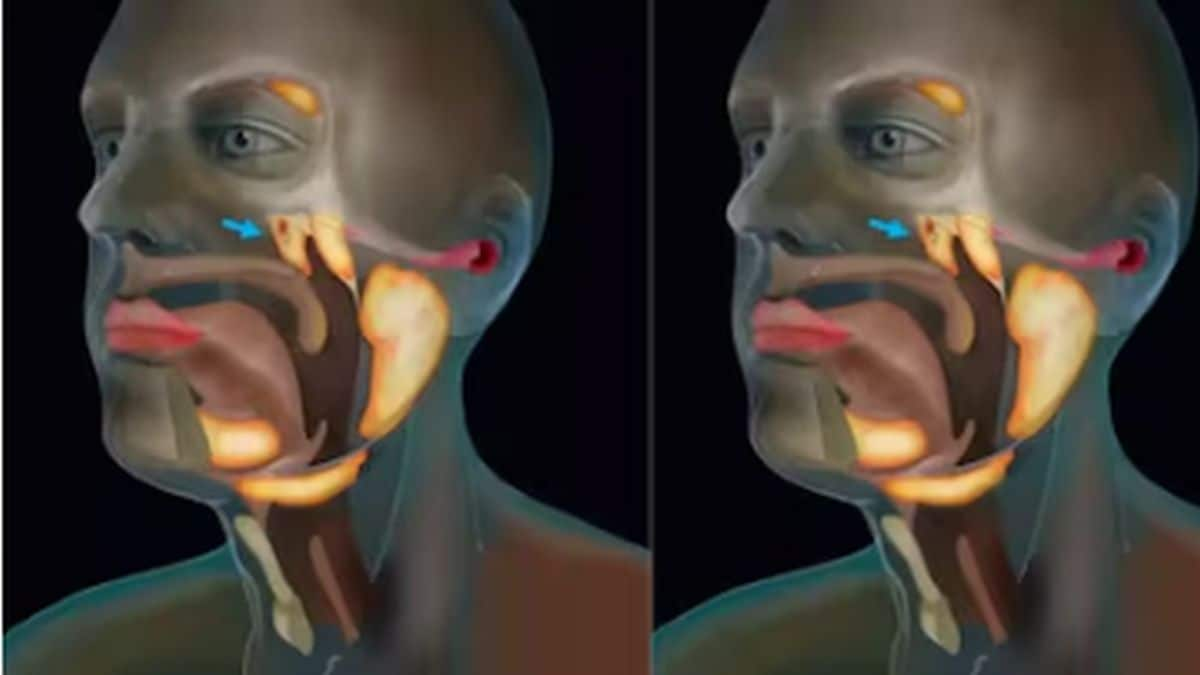If secondhand smoke and the increasing air pollution weren’t enough to worry about, there is now third-hand smoke to contend with as well. Third-hand smoke consists of the residual chemicals from cigarettes that cling to surfaces. The residual compound, that consists of nicotine and other harmful products, sticks to clothes, furniture, bedding, and can even percolate in the dust. People either inhale these remnant fumes or are contaminated by surfaces carrying them. [caption id=“attachment_3826291” align=“alignleft” width=“380”]  Representational image. Reuters[/caption] Deep cleaning is required to remove the mixture from substances - airing and ventilation are not considered enough. Since third-hand smoke is a comparatively new concept, we do not yet know what its long term health effects are. However, a study published by Yale this week suggests that even non-smoking designated spaces have traces of compounds found in cigarette smoke. This implies that smokers can bring in potentially harmful substances to protected spaces as well.
Cigarette smoke in movie halls
The Yale researchers conducted their research in a movie theatre where smoking wasn’t allowed and found that there were remnants of cigarette-related chemicals present. Using highly sensitive analytical instrumentation the researchers tracked the presence of thousands of compounds and found that while there was a baseline level, the presence of certain compounds spiked when people entered the theatre. Specifically, for G-rated and family-friendly movies, the spike was not as pronounced, but for action movies and late-night movies which were attended mostly by adults, the spike was much greater. The researchers hypothesized that the second population was more likely to smoke, so the corresponding increase in compounds (which are known to be released on smoking) was because of third-hand smoke. It is likely that the moviegoers had smoked earlier and carried the compounds stuck to their clothes inside the theatre.
Is third-hand smoke a concern?
The researchers found that the number of compounds was equivalent to being exposed to 1-10 cigarettes of secondhand smoke in one hour. Further, the most commonly found chemical was nicotine. Nicotine can cause an increase in blood pressure and can also narrow the arteries. Persistent exposure to nicotine also increases the risk of heart attacks. Having said that, it is unclear what the effects of third-hand smoke are on your health. Further studies need to be conducted to see how much is absorbed and what it does to the body as this study did not do that.
How can you reduce third-hand smoke in your house?
Even if you have designated smoke areas in the house, third-hand smoke will make its way in on the clothes of anyone that smokes. Since you are unlikely to restrict people’s entry into your house (or know for certain if they are smokers), the only practical step so far is cleaning your house routinely and thoroughly. Vacuuming carpets, cleaning bedding and dry cleaning furniture will keep your house cleaner. Until more research is conducted, this is all that can be done. For more information, read our article on The Harmful Effects of Smoking_._ Health articles in Firstpost are written by myUpchar.com, India’s first and biggest resource for verified medical information. At myUpchar, researchers and journalists work with doctors to bring you information on all things health.


)

)
)
)
)
)
)
)
)



